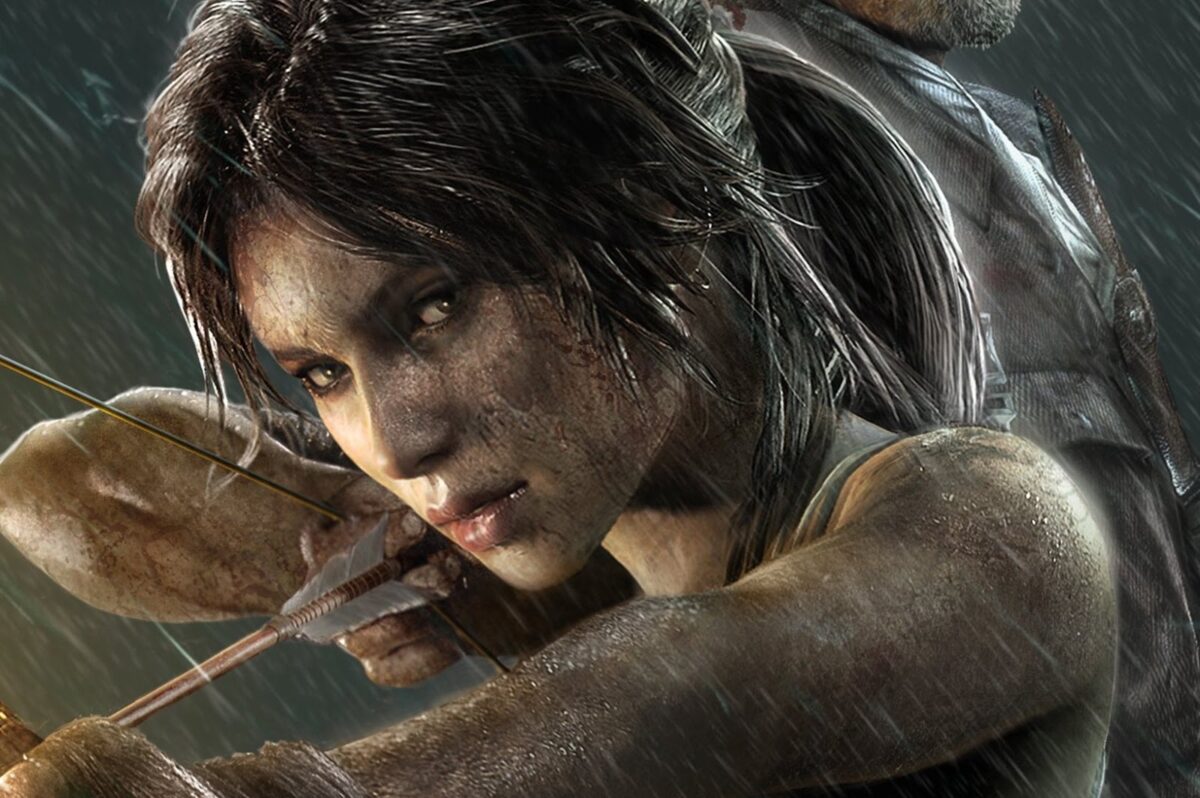Here Are All the ‘Tomb Raider’ Games in Order—Part One

Tomb Raider is a series that has been ongoing since 1996. There have been a lot of games, a reboot, and a second reboot—so, it can be hard to keep track of it all. Here’s a breakdown of each Tomb Raider game in the order of release.
This is Part One—because there are a lot of games.
Tomb Raider (1996)
The game that started it all was created by Toby Gard, who is credited as Lara’s creator and worked as the lead artist on the video game. Made in 18 months, with a budget of £440,000 the video game went on to become a trailblazer in the medium. With innovative 3D graphics, compelling gameplay, and, of course, Lara herself being the greatest—it went on to win several major gaming industry awards. Up until the 2013 reboot of the series, it was the best-selling installment in the Tomb Raider franchise.
It told the story of Lara being hired by a mercenary named Larson, who is working for Jacqueline Natla. Natla asks Lara to get the Scion, a mysterious artifact buried in the tomb of Qualopec within the mountains of Peru.
Tomb Raider II (1997)
Right after the success of Tomb Raider, production began immediately and was completed between six and eight months—a hellishly quick period. It was called “physically and emotionally stressful for the team.” Two of the original staff members, Toby Gard and Paul Douglas, left over the creative differences with the development of the game.
In the game, Lara is hunting the magical Dagger of Xian, while it is also being hunted by an Italian cult. The dagger is a magical weapon that is claimed to have been used by an ancient Emperor of China to command his army and the weapon has the power to turn its bearer into a dragon. What is also notable about the game is that it ends with Lara about to disrobe and then turning to the player and shooting.
Tomb Raider III (1998)
Lara Croft in this latest game is on a quest to recover four pieces of a meteorite that are scattered across the world.
Tomb Raider III had a much better engine to work with and so it had better speed efficiency, new graphical features, and allowed a lot more details. We also saw this game becoming more puzzle-solving heavy than just shooting-oriented. Something that makes me sad because puzzle games can sometimes make me rage. All that being said, it was a third installment that took advantage of technology to make sure it was an even better experience.
Tomb Raider: The Last Revelation (1999)
Tomb Raider: The Last Revelation or The Beginning of Stagnation, was meant to be the end of Lara Croft. In-universe, she is trying to imprison the Egyptian god Set after she accidentally set him free.
However, as you can see from the dates, this was the fourth Tomb Raider game in a row—back-to-back. Crunch burnout is sadly nothing new. There was fatigue with the team and the character, so the Core Design staff wrote the narrative to kill off Lara. The game ends with Lara hanging on the ledge of a collapsing pyramid and refusing to be helped. It was a cliffhanger that allowed the character to return if needed, but could also give developers a break.
Tomb Raider Chronicles (2000)
Last season on Lara Croft, our girl was presumed dead, having had a whole pyramid allegedly fall on top of her. At her funeral, a group of friends gather around to talk about how great she was. You play Lara in three tales that are shared by her friends and the game eventually ends with Lara’s body being found.
Despite wanting to end the series, Tomb Raider was forced to continue. To deal with burnout and fatigue, Core Design was split into two teams. One worked on Tomb Raider: The Angel of Darkness for PlayStation 2, and another veteran team developed Chronicles. Designer Andy Sandham has, strong thoughts about Chronicles and referred to it as a “load of old shit.” He also said in another interview: “It was the hardest to develop—although saying that, I left core at the end of chronicles, so I didn’t experience the development of Angel of Darkness—which I believe was also pretty tough.”
Tomb Raider: The Angel of Darkness (2003)
Angel of Darkness was planned to be the first in a trilogy that would rebirth Lara Croft for a new generation of fans. Bigger, better, and even cooler. Unfortunately, it was a plagued development. Those above also wanted The Angel of Darkness to compete with newer games so they wanted to make the puzzles harder and the tone of the game (as well as Lara herself) darker and “edgier.”
Instead, the result was the weakest and most poorly rated game in the main series to this point. Reviews were critical of the messy AI, the faulty controls, and just the dull story. It flopped and with it, the series scrapped its initial trilogy plans and went back to the drawing board.
Stay tuned for Part 2!
(image: Crystal Dynamics /Square Enix Europe)
Have a tip we should know? [email protected]
